PIET MONDRIAN (1872-1944)
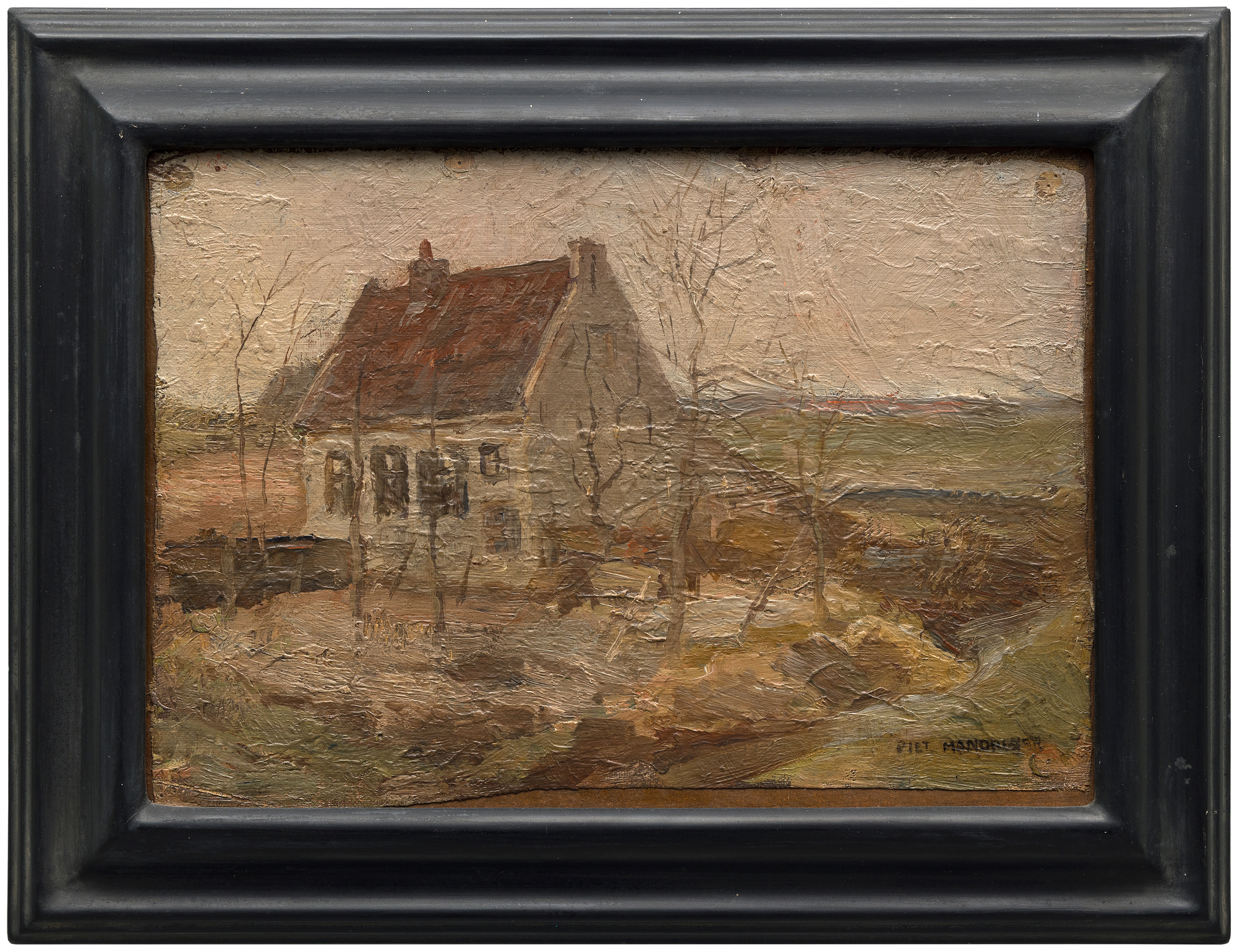
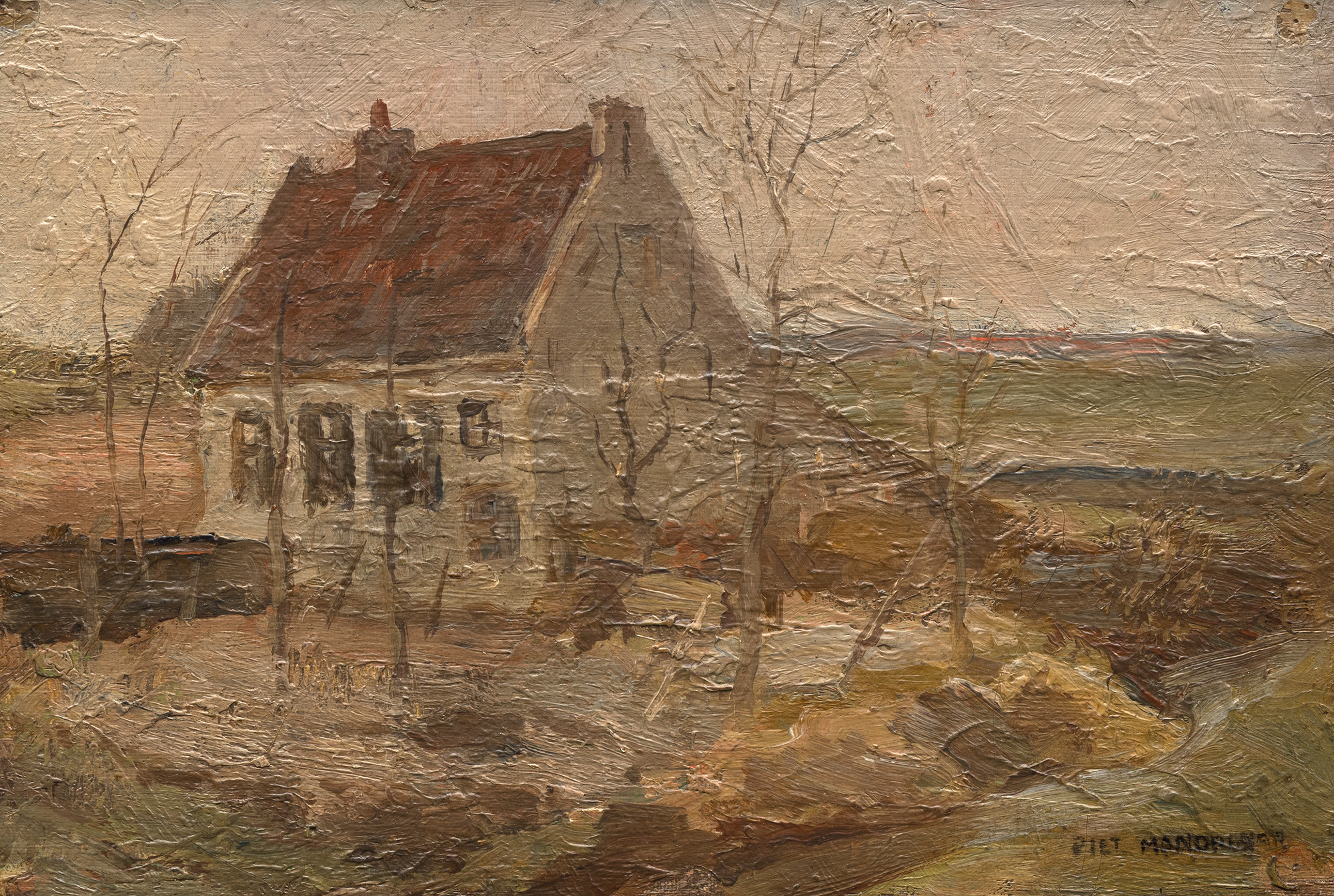
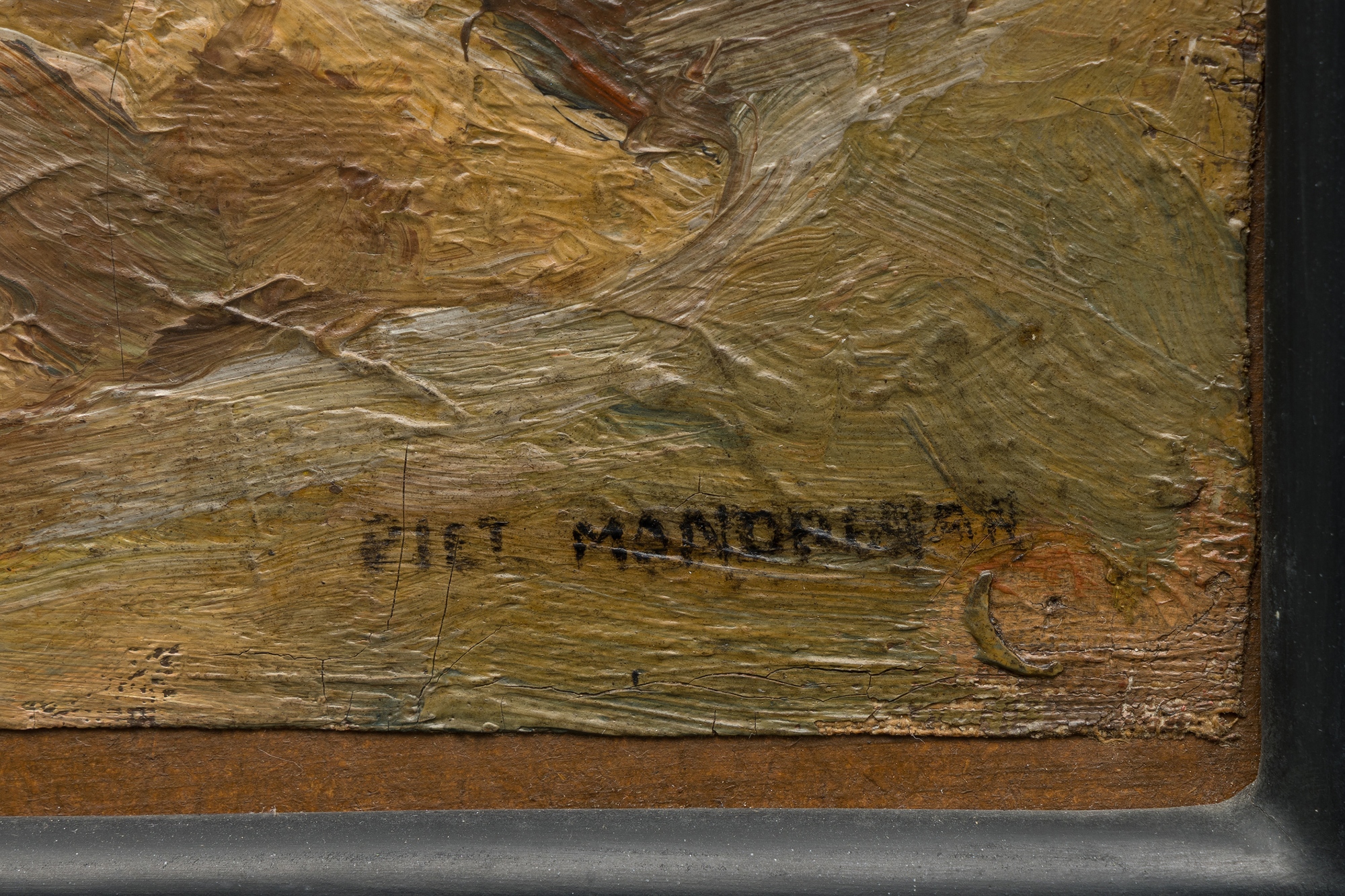

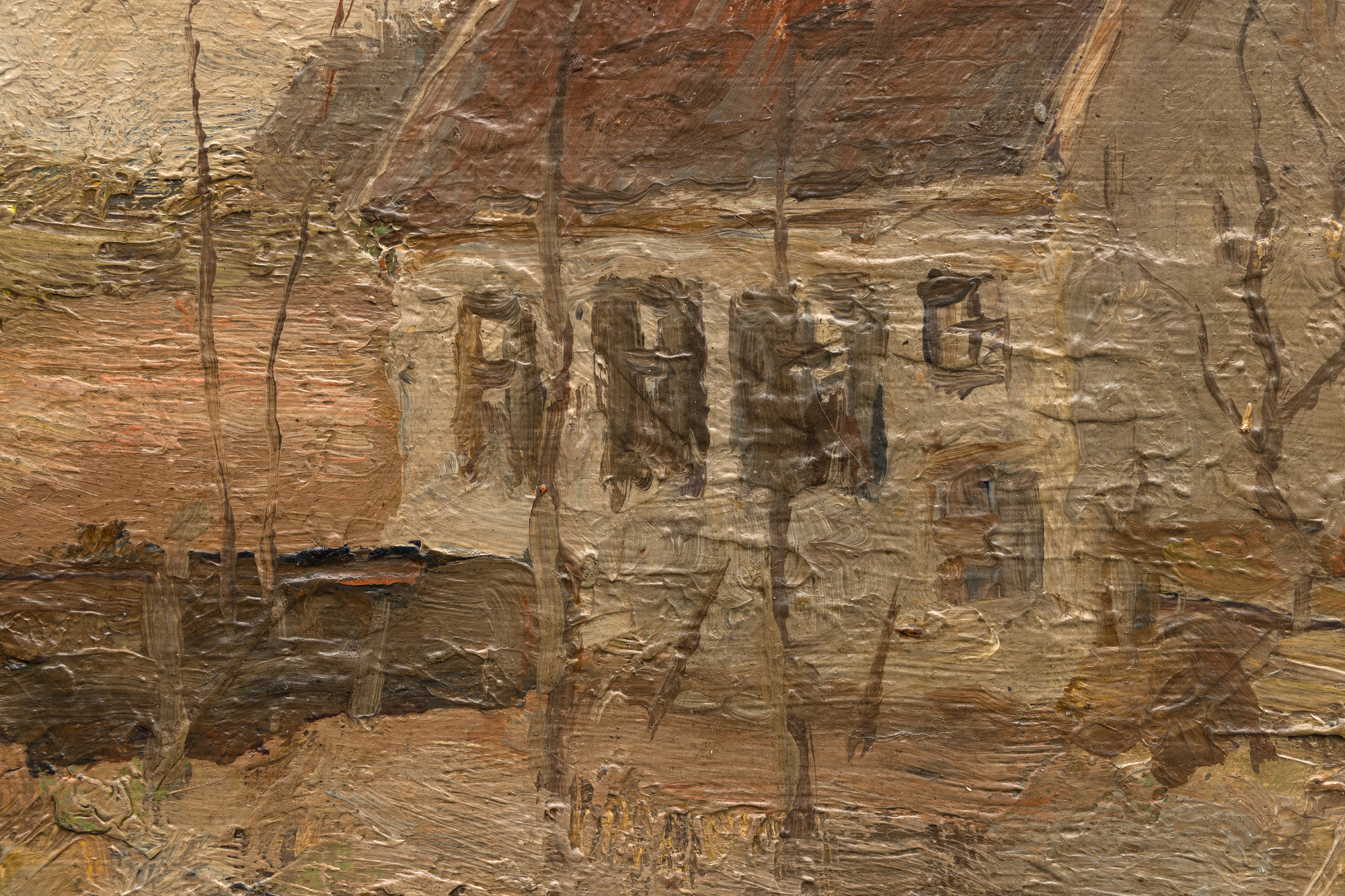
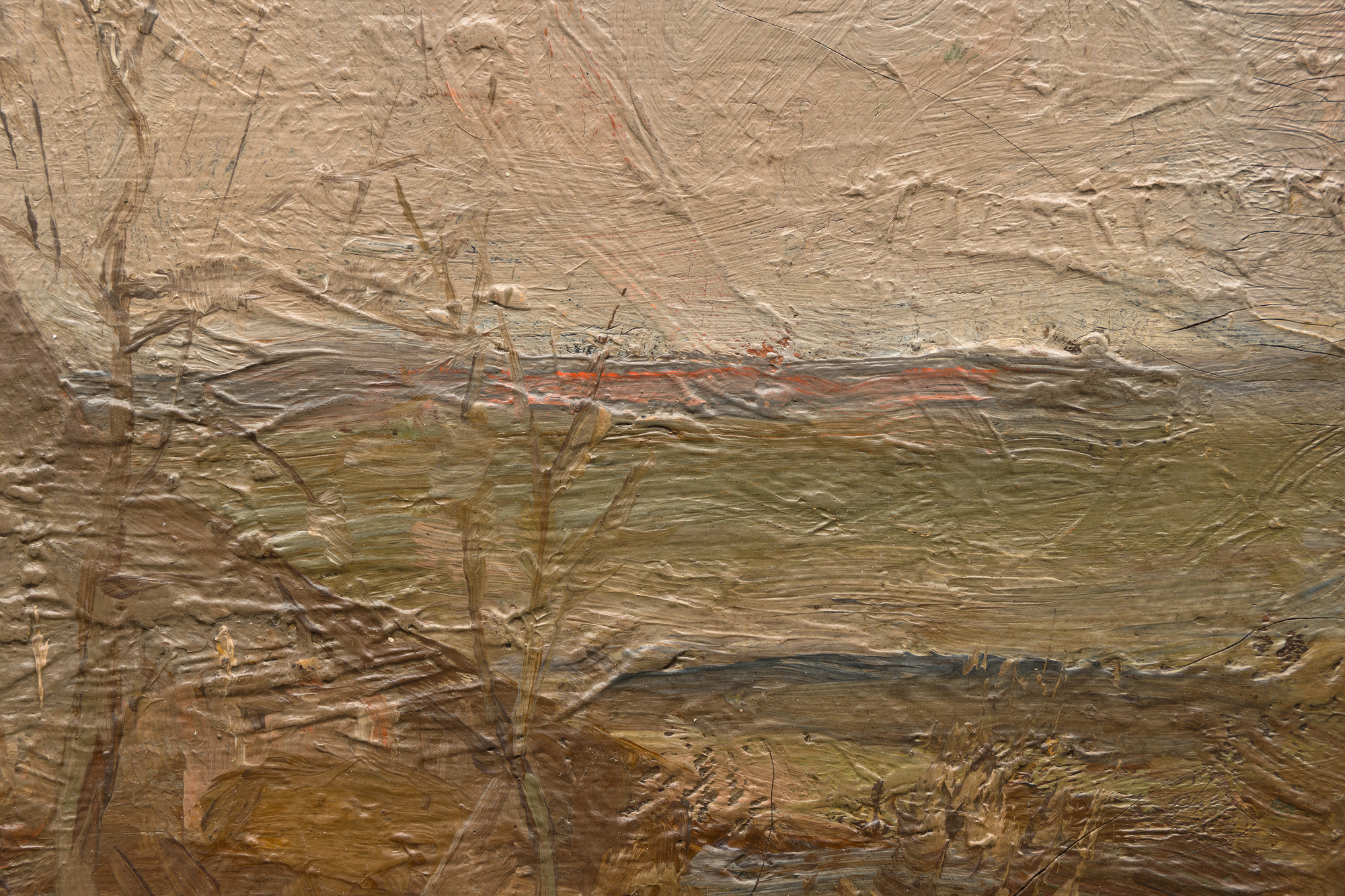



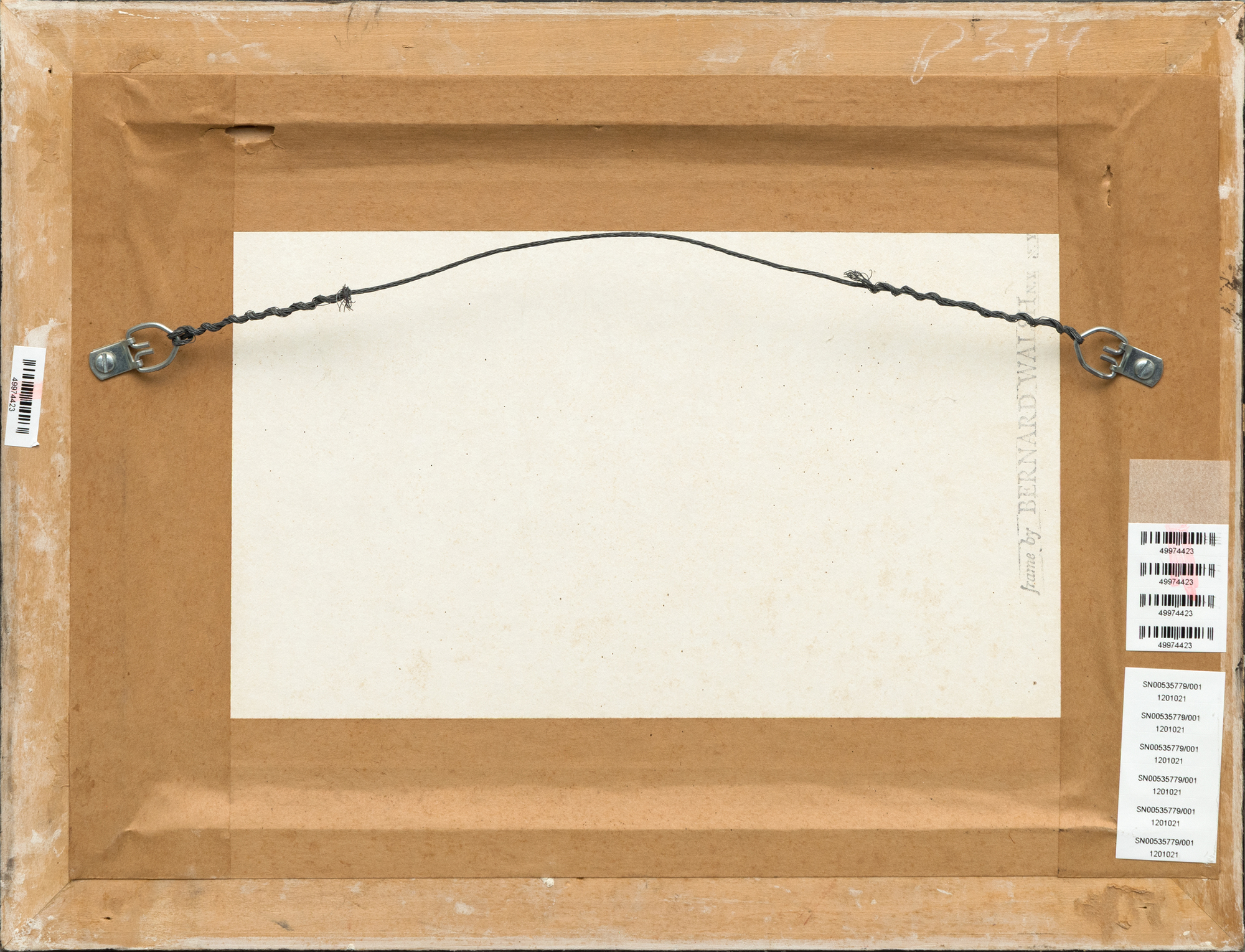
Procedencia
Finca holandesa, 1982Colección Katharine y Nicholas Fox Weber
Exposición
Londres, David Zwirner, Piet Mondrian: Pintura 1900-1905, del 26 de noviembre de 2015 al 23 de enero de 2016Literatura
Robert Welsh, Piet Mondrian: Catálogo razonado de las obras naturalistas, Nueva York, 2018, no. A161Karsten Schubert, Mondrian temprano: Painting 1900-1905, Londres, 2022
120,000
Las obras de este periodo, anteriores al giro de Mondrian hacia las escenas costeras, los barcos y los temas florales, ponen de relieve su inclinación por el paisaje, un tema que persistió sutilmente en sus abstracciones posteriores, en particular las inspiradas en el trazado cuadriculado de la ciudad de Nueva York, como "Broadway Boogie Woogie" (1942-43) y "New York City I" (1942). Los primeros paisajes ofrecen un precio más asequible, pero tienen una inmensa importancia académica, por lo que atraen a museos y a coleccionistas inteligentes y reflexivos. Hay obras comparables en el Museo Metropolitano de Arte, el Museo de Arte de Cleveland y el Instituto de Arte de Chicago. Esta obra es un raro testimonio de la evolución del genio de Mondrian y del papel fundamental del paisaje en su obra. Su propietario más reciente es Nicholas Fox Weber, distinguido historiador del arte, académico y presidente de la Fundación Josef Albers.


